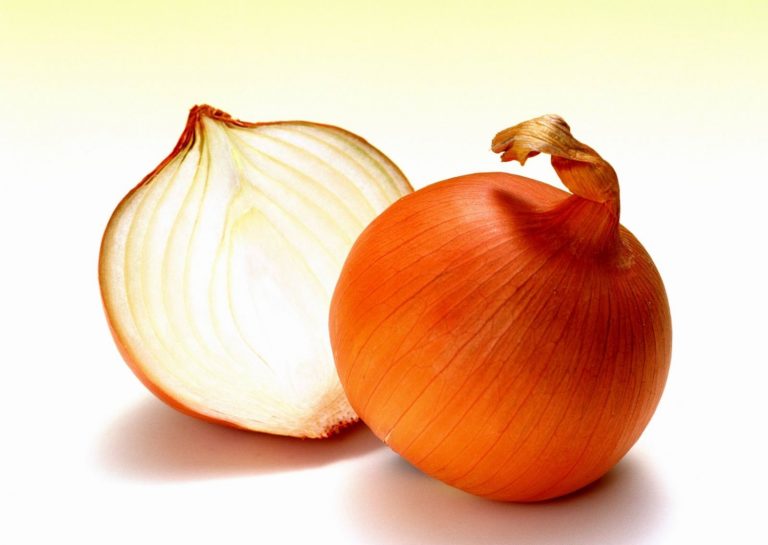Wheezing in infants is a symptom of lung-related illnesses such as bronchitis, pneumonia, asthma, etc. What are the symptoms of the disease and how to overcome it are always hot questions that mothers are interested in.
Related articles:
- 30 Folk remedies for cough with phlegm for babies – Extremely Effective
- Bathing babies with mugwort water, even thick phlegm and cough will be cleared
- Thousands of babies have recovered from coughs and runny noses thanks to this ginger remedy
Wheezing in babies can also stem from gastroesophageal reflux disease (GERD). Due to stomach acid moving back up into the esophagus, which can be due to physiological or pathological reasons. If reflux occurs frequently, it can cause respiratory infections in babies due to inhaling the reflux, leading to frequent wheezing.
Where:
- In children under 6 months, the most common cause is bronchiolitis.
- In children over 18 months of age, the most common cause is asthma.
Wheezing is common in children under 2-3 years old because at this age, the bronchi (lung stems) are small and easily constrict, swell, secrete fluid, and become obstructed when infected (30-40% of infants have this symptom).

Wheezing in young children can be overcome based on these 10 tips:
1. Ginger
Ginger is famous for treating asthma; it can reduce airway inflammation and prevent airway constriction.
Method 1: Mix honey, pomegranate juice, and ginger juice in equal proportions. Drink one tablespoon of this mixture 2-3 times a day.
Method 2: Boil some ginger and steep for 5 minutes, let it cool and drink it immediately.
Method 3: Boil one tablespoon of fenugreek seeds, honey, and ginger juice to drink in the morning and evening.
2. Mustard Oil
First, heat some mustard oil with a little camphor. Let it warm and gently rub it on the back and chest. Massage gently, and you can do this method several times a day for best results.
3. Figs
Figs can ease breathing difficulties, clear phlegm, and improve respiratory health.
Method: Wash the figs and soak them overnight in a glass of water. Eat the figs the next morning and drink the water on an empty stomach.

Maintain eating figs for a few months.
4. Eucalyptus Oil
Eucalyptus oil contains expectorants that can break down mucus.
Method: Place a few drops of eucalyptus oil on a tissue next to your head while you sleep and breathe.
Or you can boil a few drops of oil and inhale the steam.
Do this method every day if you want to get the best results.
5. Honey
Surely you know that honey is a “panacea” that can cure many diseases and also has beauty benefits.
Besides, it can also treat wheezing in young children.
Method: Mix a teaspoon of honey with a glass of warm water and drink 3 times/day.
Before going to bed, drink 1 teaspoon of honey mixed with a little cinnamon powder to remove phlegm in the throat.
Note: Honey is for babies 1 year and older, Moms!
6. Onions
Onions are quite simple; just eat onions to clear the airways and breathe easily.

7. Lemon
Squeezing lemon into a glass of water to drink regularly can also treat wheezing.
8. Eat lots of fruits and vegetables
Eating lots of strawberries, blueberries, papaya, and oranges will improve your health and make you breathe easier.
9. Garlic
Boil 2-3 cloves of garlic in ¼ cup of milk, let it cool naturally, and drink it every day to breathe easier.
Garlic is also a food you can eat regularly to prevent infections.

10. Use saline solution
When your baby has a runny nose, especially newborns, you need to clean their nose with the following method:
Step 1: Lay the baby on their side with their head tilted to one side. Place the nozzle of the saline spray bottle close to the nostril wall, away from the safety line.
Step 2: Press gently and firmly continuously for 2-3 seconds. You should choose a saline bottle that continues to spray when you press the nozzle continuously.
Step 3: Repeat the above steps with the baby’s head tilted to the other side.
– 5 minutes after spraying the nose, use a nasal aspirator to suck out the mucus from both nostrils. After suctioning the nasal discharge, you can feed your baby.
– Cleaning the nose for older children or adults also includes the 3 steps above. But older children can sit and tilt their heads to one side to spray. Then blow their nose clean.
Source: Compiled
